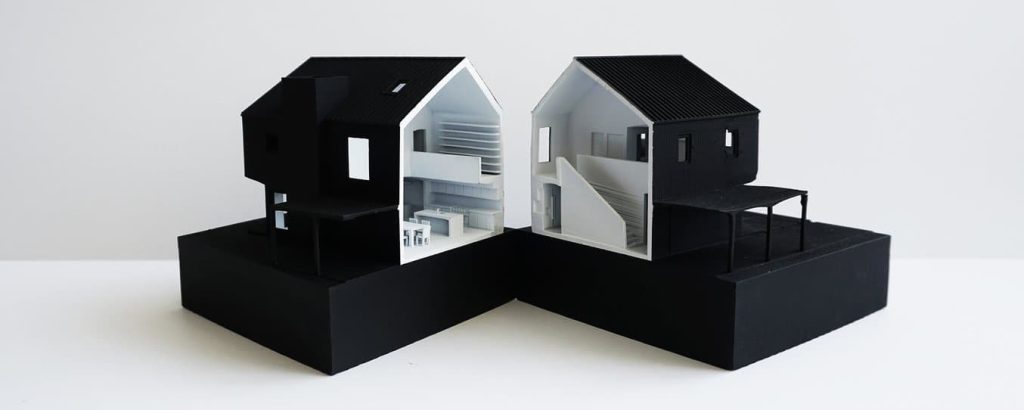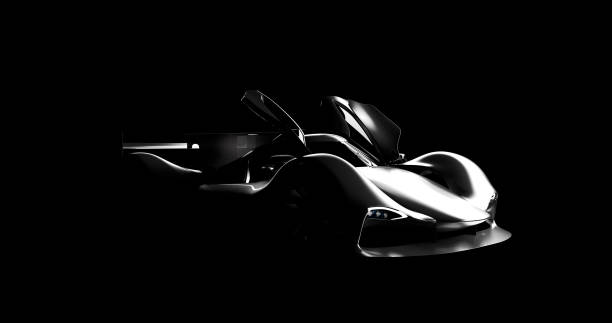Understanding the Potentials of 3D Printing for Your Business
Chances are, most of us have already heard about 3D printing and its potential as a competitive edge for your business.
This innovative technology has been around for some time, disrupting and transforming every industry, from automotive and consumer goods to medicine and architecture.
In recent years, 3D printing or additive manufacturing has matured into an excellent solution for many design and manufacturing requirements by professionals and aspiring entrepreneurs.
In this article, we will be zeroing in on the potential and future of this additive technology in terms of innovative applications in various industries. We hope you’ll find this article as one of the most comprehensive resources available to meet your needs.
Whether you are new to this technology or just looking to close a few knowledge gaps, this article is for you.

What is 3D Printing?
3D printing is an additive technology used to build parts that don’t involve a block of material or a mold to produce tangible objects. It simply piles and combines layers of materials to create a physical object from a three-dimensional digital model.
This technology is used extensively in manufacturing and engineering for rapid prototyping and building lightweight geometries.
The many applications of this technology continue to evolve almost by the day, widely and deeply penetrating different industries and sectors worldwide.
Innovative Applications in Various Sectors
The innovative applications of additive manufacturing cover various sectors, from small businesses to large corporations, helping them develop their product faster, produce better and improve their business by saving time, material, and costs from traditional tooling processes.
Here are some examples of how additive manufacturing transforms major and minor industries.
Architecture and Construction
Building architectural models has never been so easy. Thanks to 3D printing technology. Architectural firms and construction companies can produce architectural models in any format to improve the presentation and highlight various alternatives during the project’s initial phase. These promotional scale models help clients visualize your work and give your project the best chance of success.
Healthcare and Medical
The healthcare industry is one of the fastest-growing end-users of additive manufacturing. From medical and surgical devices to prosthetics, implants, and even bioprinting, the applications of additive manufacturing for the medical industry are flexible and extensive.
Education
Educational institutions are also incorporating 3D printing methods into their curriculums to prepare students for their future by allowing students to produce prototypes without using costly tooling. Many students can learn better by designing and producing models they can hold.
Consumer Goods
The various applications of additive manufacturing in the consumer goods industry have empowered retailers and manufacturers to remain competitive in an ever-changing market landscape and adapt to evolving consumer demands and industry trends in an agile way by providing a cost-effective approach to product development, testing, and production.
Automotive
Additive manufacturing is changing the way vehicles are designed and developed today. From commercial vehicles and trucks to luxury and racing cars, additive technology offers automotive engineers and designers the tools to test the limits of design and performance. The main benefits of this technology in automotive include the ability to speed up time to market and reduce product development costs.
Summary
From process innovation to product innovation, additive manufacturing is moving beyond the boundaries of rapid prototyping by introducing new possibilities and exciting opportunities on the horizon.
The innovative applications of this technology highlighted in this article demonstrate the value and potential of additive technology to existing manufacturing workflows.
Lastly, as we are witnessing these major leaps forward, the potential of this technology is really only starting to be fully unlocked.
Understanding the Potentials of 3D Printing for Your Business Read More »



